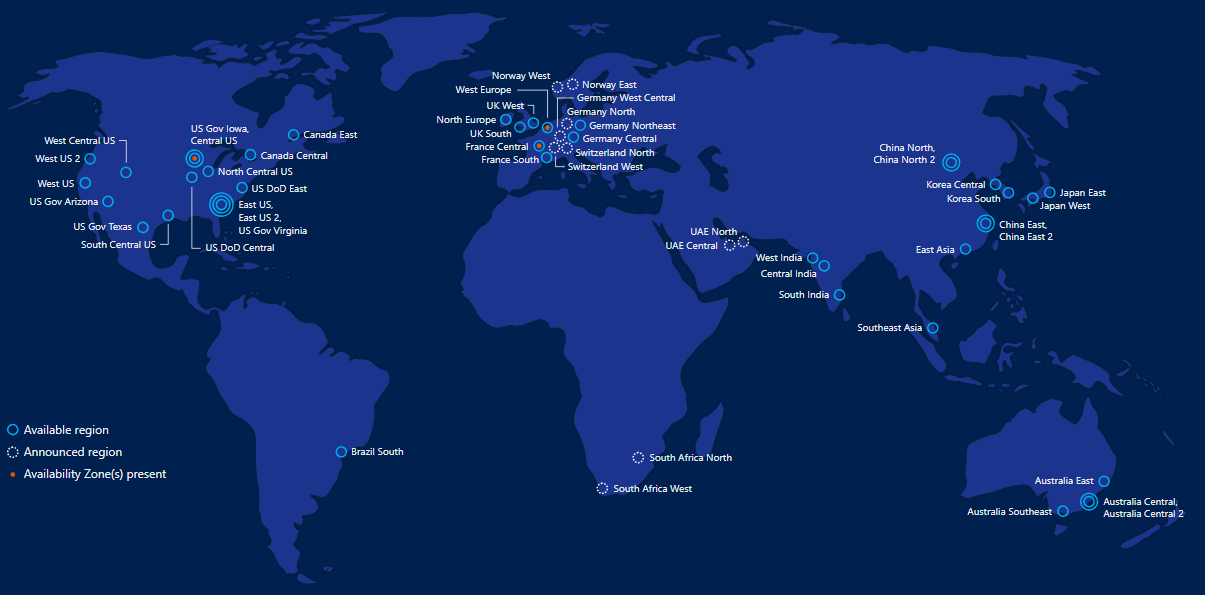
The Phoenix Project: Still Relevant or Just IT Fan Fiction?
Why this DevOps 'bible' still resonates with IT managers while leaving product teams scratching their heads.
The Phoenix Project ↗ has achieved near-mythical status in IT circles. Described by some as their “DevOps bible”, the book continues to spark discussion among managers grappling with the messy reality of technology delivery. But here’s the uncomfortable question: Is this 2013 novel about a fictional auto parts company still relevant in today’s cloud-native, AI-driven landscape, or has it become IT comfort food, reassuring but ultimately outdated?
Why IT Managers Keep Recommending This Book

Walk into any IT leadership meeting, and you’ll likely find someone referencing The Phoenix Project. The book’s enduring appeal isn’t about revolutionary concepts, it’s about validation. IT managers see themselves in protagonist Bill Palmer’s chaotic world of constant firefighting, bureaucratic obstacles, and unrealistic executive expectations.
The reason this book resonates so deeply is simple: it makes IT leaders feel seen. When Palmer inherits a failing project with impossible deadlines and political landmines, it’s not fiction, it’s Tuesday for most IT managers. The book provides a shared language for discussing systemic problems that otherwise feel too abstract to address.
As one manager put it, buying copies for their entire team wasn’t about teaching new concepts but creating common ground for conversations that were previously too difficult to start.
The DevOps Bible That Product Teams Ignore
Here’s where the controversy begins. While IT managers treat The Phoenix Project as essential reading, product teams often view it with skepticism. The book’s focus on IT operations and infrastructure feels increasingly disconnected from modern product development.
Today’s product teams work in environments where infrastructure is abstracted away by cloud providers, deployment happens multiple times per day, and the line between “development” and “operations” has blurred beyond recognition. The very concept of a massive, multi-year “Phoenix Project” feels antiquated in an era of continuous delivery and microservices.
The divide becomes apparent in discussions about the sequel, The Unicorn Project. While some see it as a natural evolution, others find it less compelling, suggesting that the framework might be showing its age when applied to contemporary product development challenges.
Beyond The Three Ways: What Still Works Today
The Phoenix Project’s central framework, The Three Ways of DevOps (flow, feedback, continuous learning), remains conceptually sound. But the implementation has evolved dramatically.
Flow today means something very different than in 2013. We’re not just optimizing manual handoffs between siloed teams anymore. Modern flow involves API-driven infrastructure, automated testing pipelines, and cloud-native architectures that make the book’s manufacturing analogies feel somewhat quaint.
Feedback loops have accelerated beyond what the authors could have imagined. With real-time monitoring, feature flagging, and A/B testing platforms, the feedback that took weeks in the book now happens in minutes.
Continuous learning has been supercharged by platforms that provide instant visibility into system performance and user behavior. The manual discovery processes described in the book have been largely automated.
The Legacy Problem: When DevOps Becomes Dogma
The most significant risk with The Phoenix Project’s enduring popularity is that it can become dogma rather than inspiration. IT leaders who treat the book as literal scripture risk applying 2013 solutions to 2025 problems.
The technology landscape has shifted fundamentally since the book’s publication:
- Cloud adoption has made many of the infrastructure constraints described in the book irrelevant
- Containerization and orchestration have changed how we think about deployment and scaling
- The rise of platform engineering has created new organizational models that don’t fit neatly into the book’s framework
- AI-assisted development is beginning to reshape how teams work together
Treating The Phoenix Project as a blueprint rather than a starting point for conversation risks missing these fundamental shifts.
What Should You Actually Read Instead?

The conversation around IT leadership literature reveals an interesting pattern. While The Phoenix Project dominates discussions, other books like “Adventures of an IT Leader” ↗ offer complementary perspectives that might be more relevant to specific challenges.
The real value isn’t in finding the one “right” book but in building a reading list that addresses your organization’s specific context. A company undergoing digital transformation might benefit from The Phoenix Project’s systemic thinking, while a cloud-native startup might find more value in literature focused on product-led growth or platform engineering.
The most effective approach seems to be using The Phoenix Project as a conversation starter rather than an instruction manual. The questions it raises about organizational structure, workflow optimization, and breaking down silos remain profoundly relevant, even if the specific solutions need updating.
The Verdict: Read It, But Don’t Worship It
The Phoenix Project ↗ deserves its place on the IT manager’s bookshelf, but with an important caveat: it’s a historical document as much as a practical guide. The book captures a specific moment in the evolution of technology organizations, the painful transition from traditional IT to modern DevOps practices.
Its enduring value lies in its ability to frame universal challenges in accessible terms. The specific tools and processes have evolved, but the human and organizational dynamics remain strikingly familiar.
Read it to understand where we’ve been. Discuss it to figure out where you need to go next. But don’t make the mistake of treating a decade-old business novel as the final word on modern technology leadership. The most valuable insights often come from recognizing what the book gets wrong about today’s reality, not just what it got right about yesterday’s problems.


